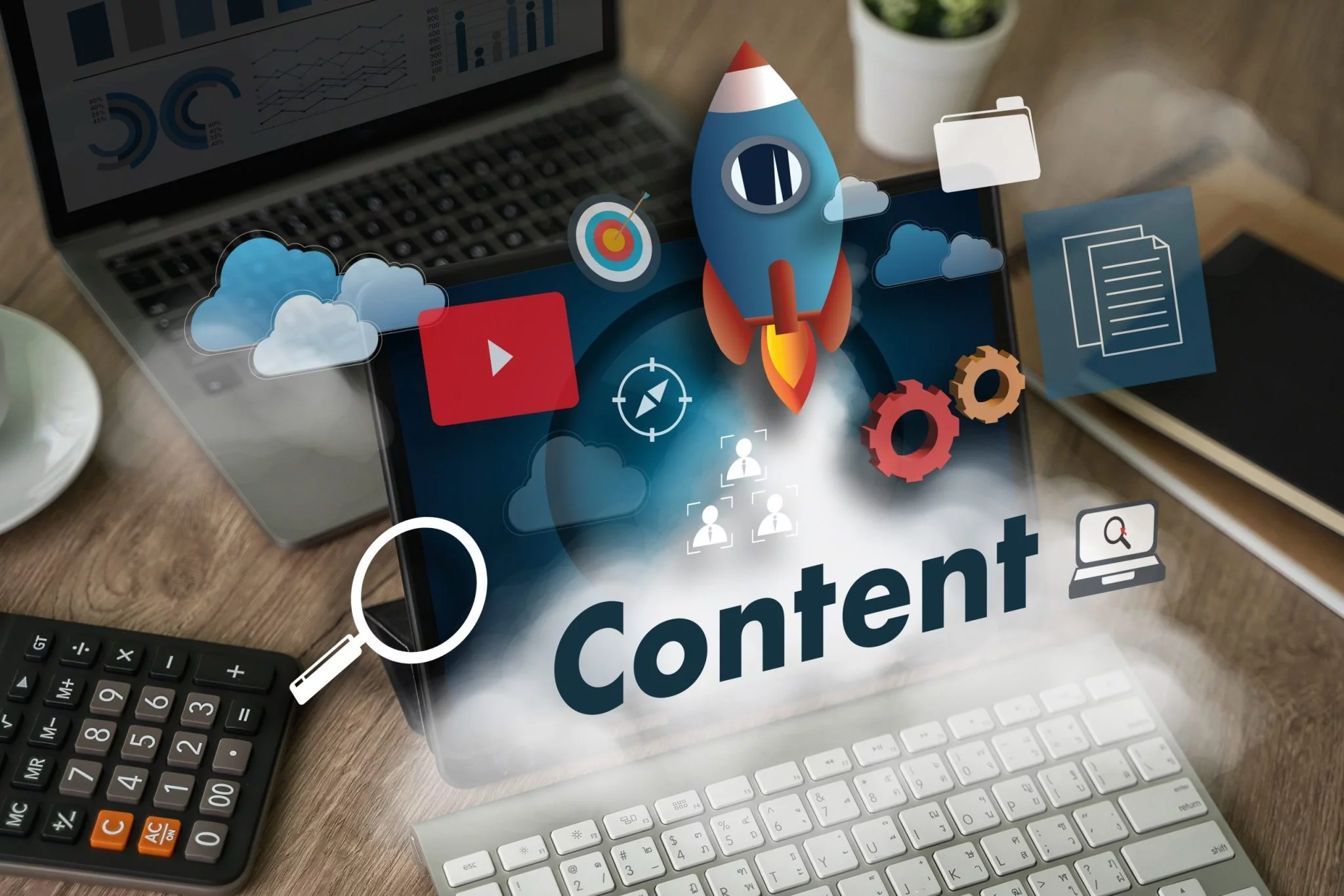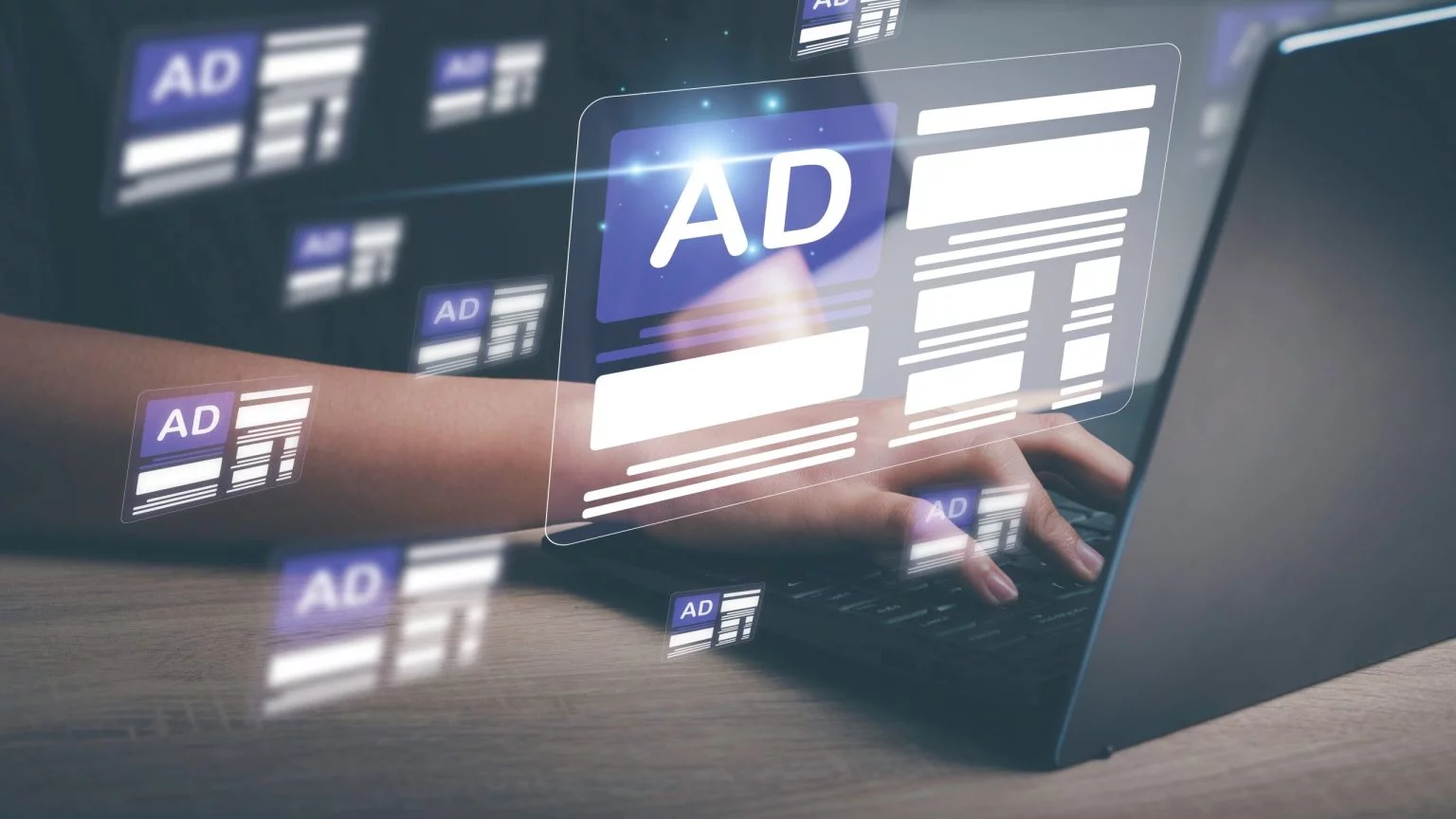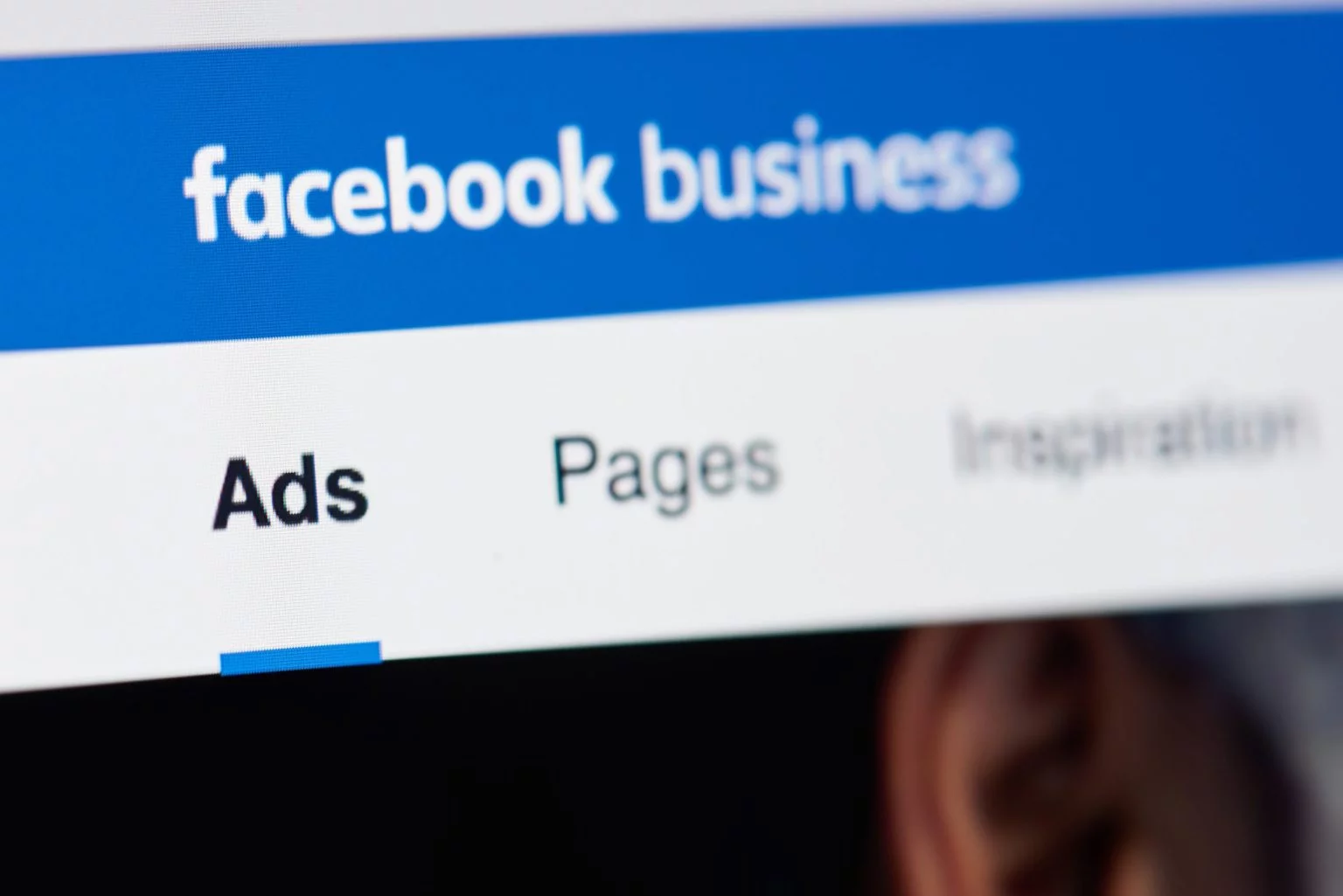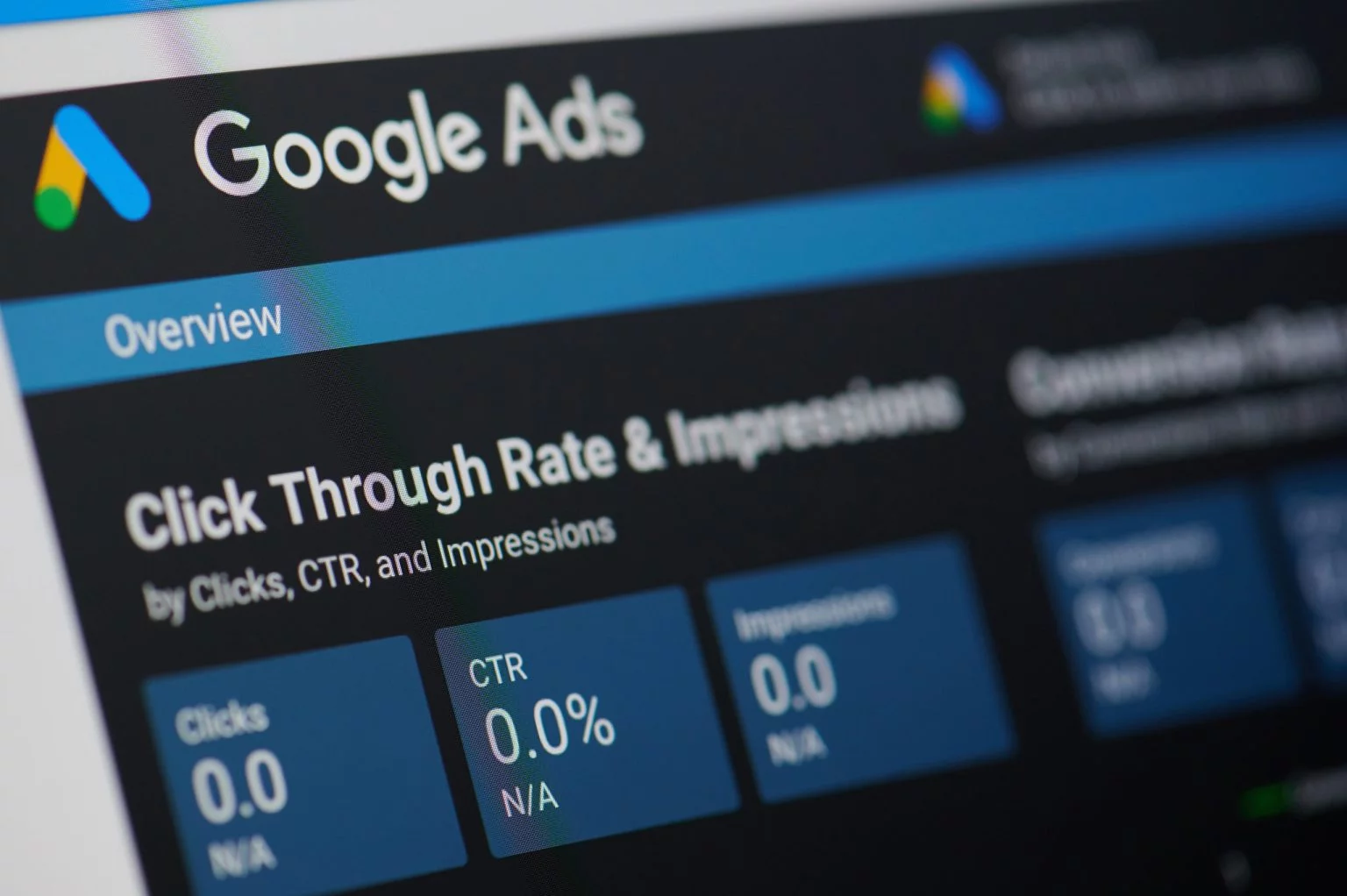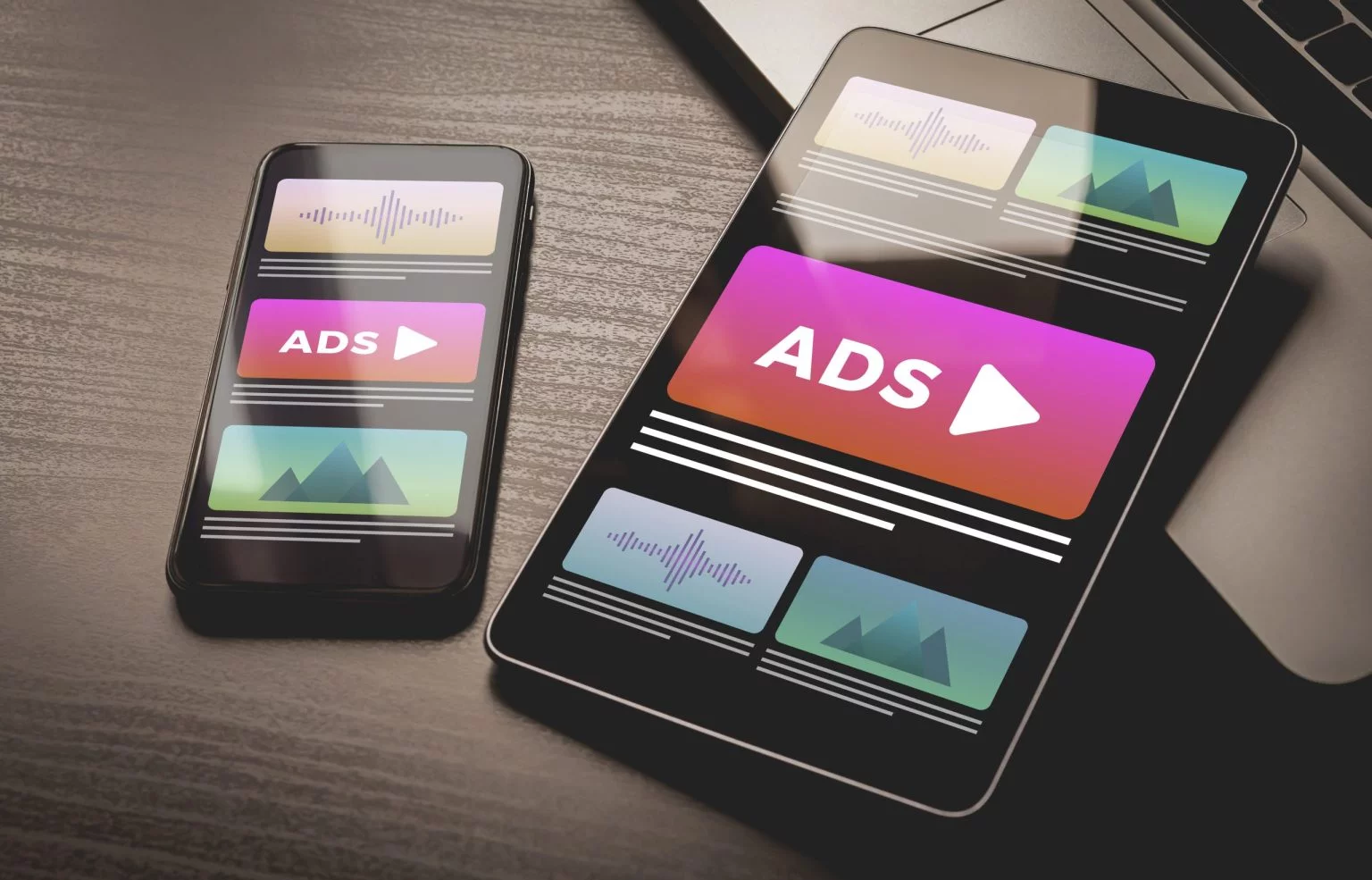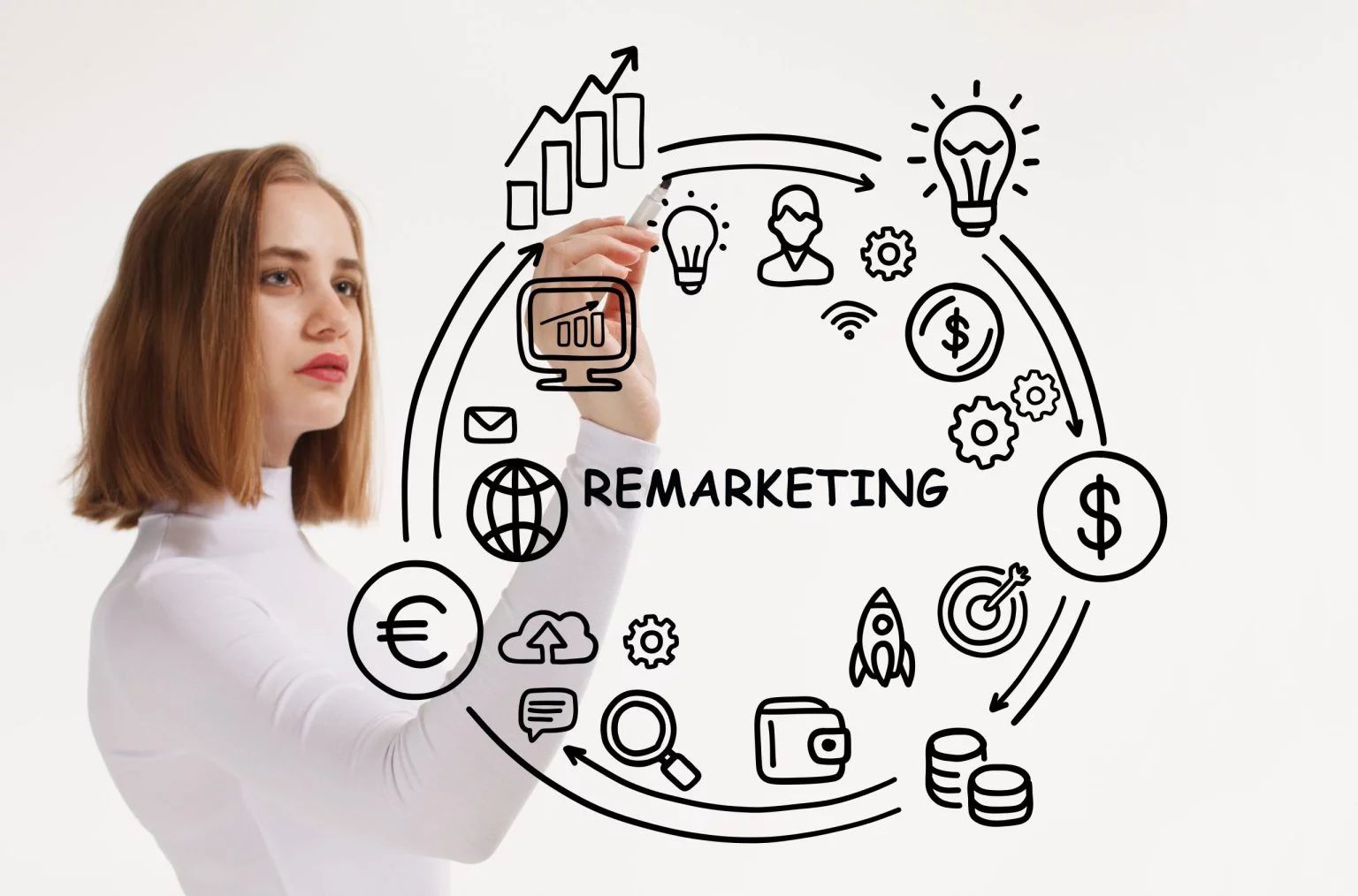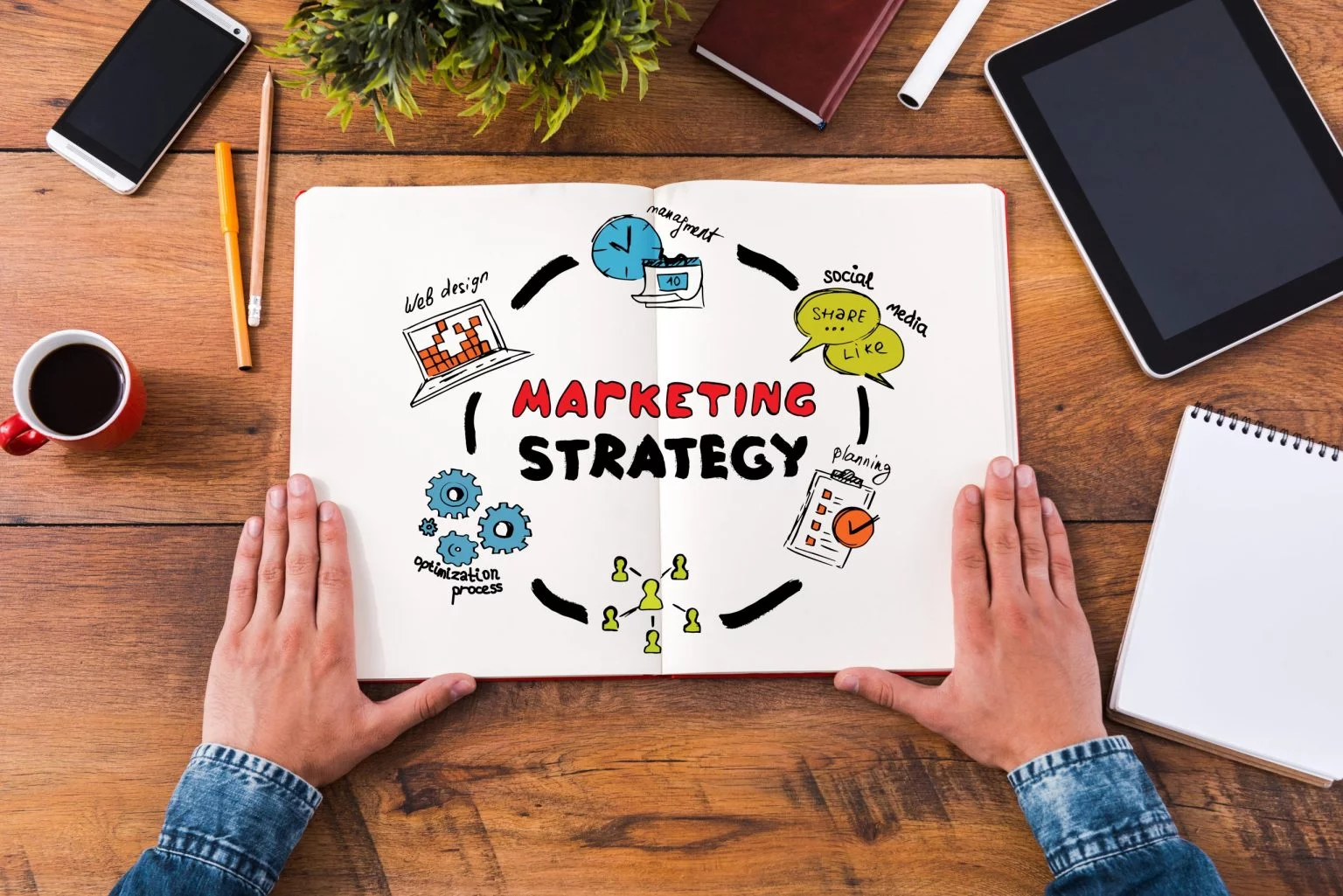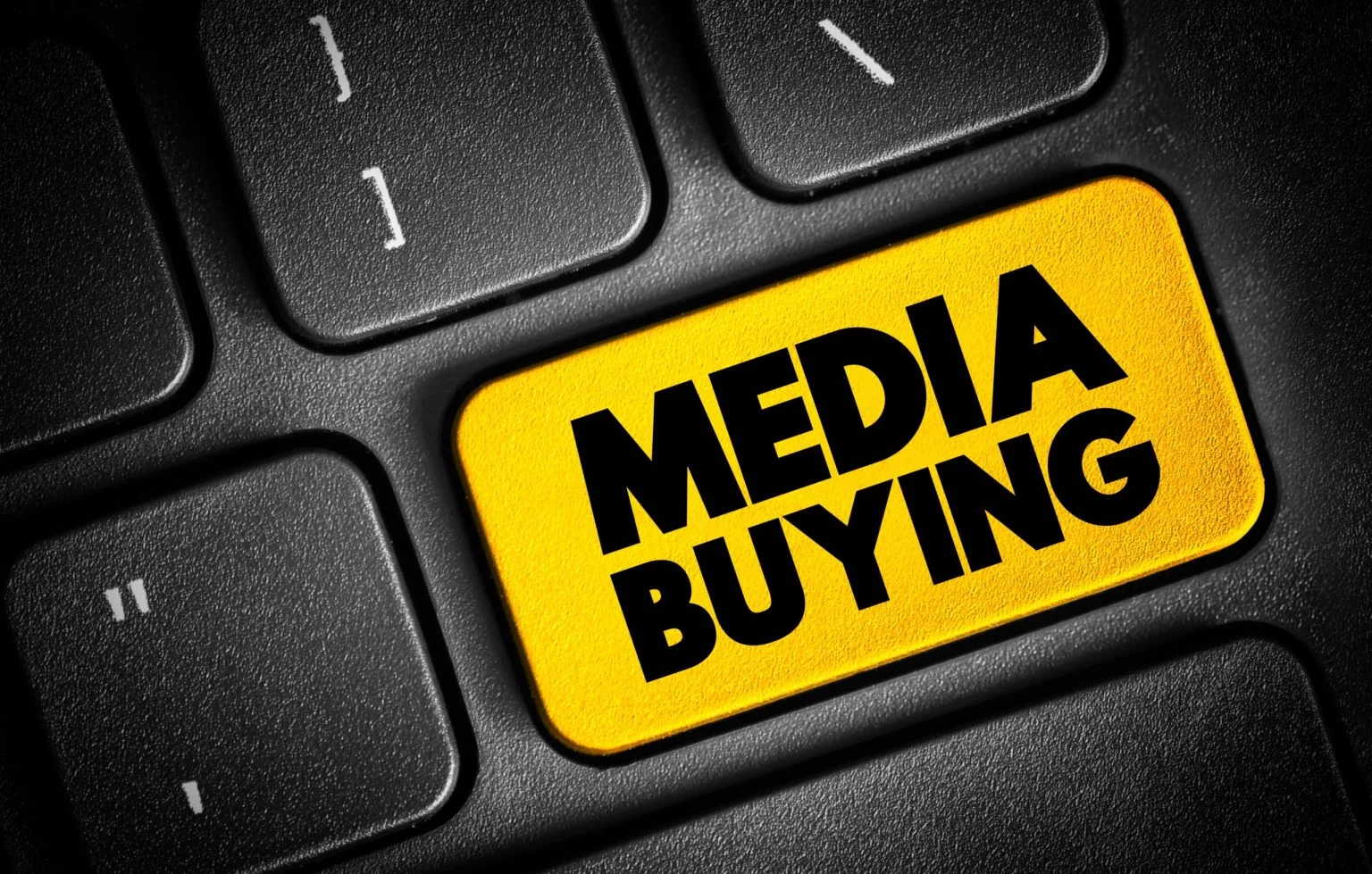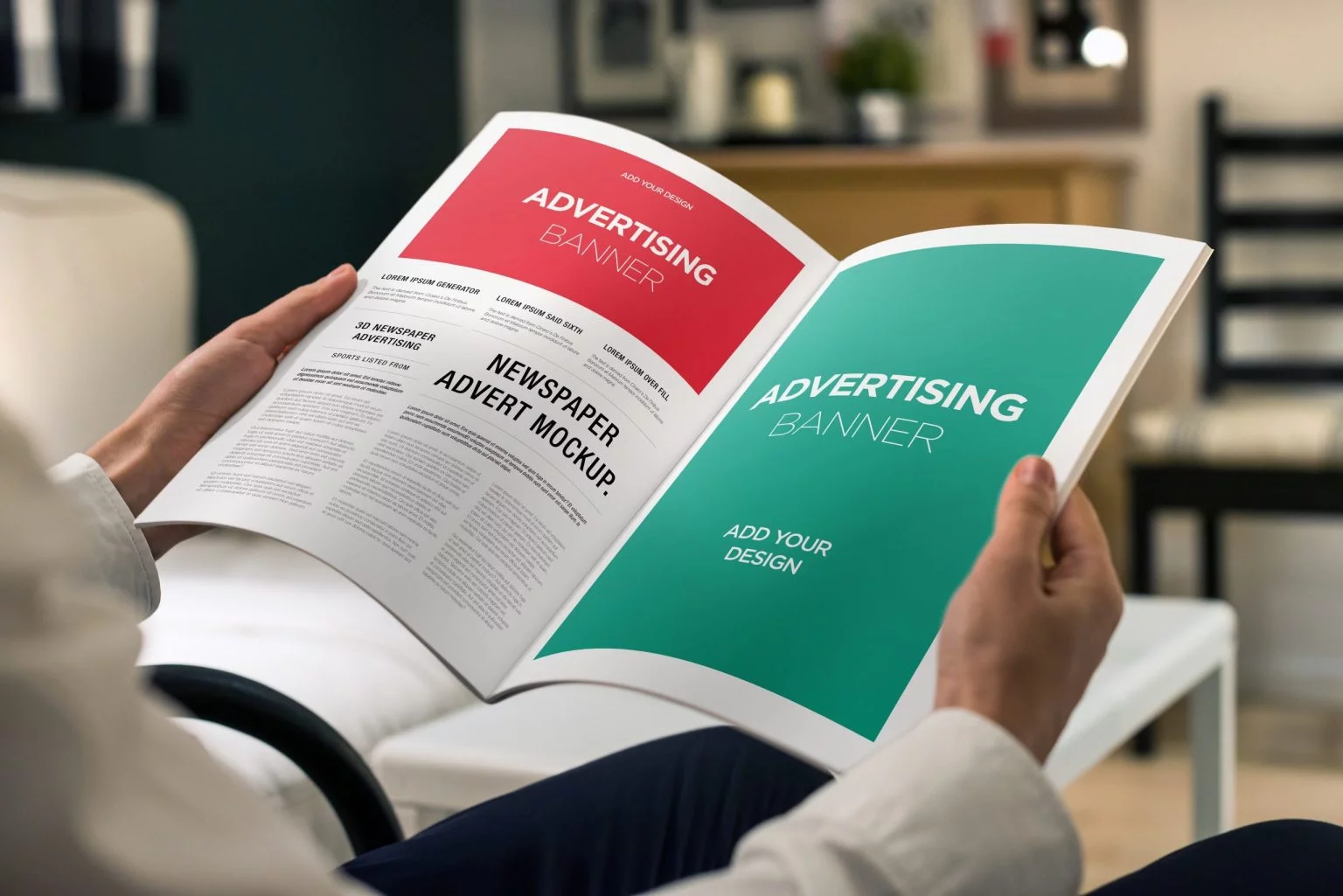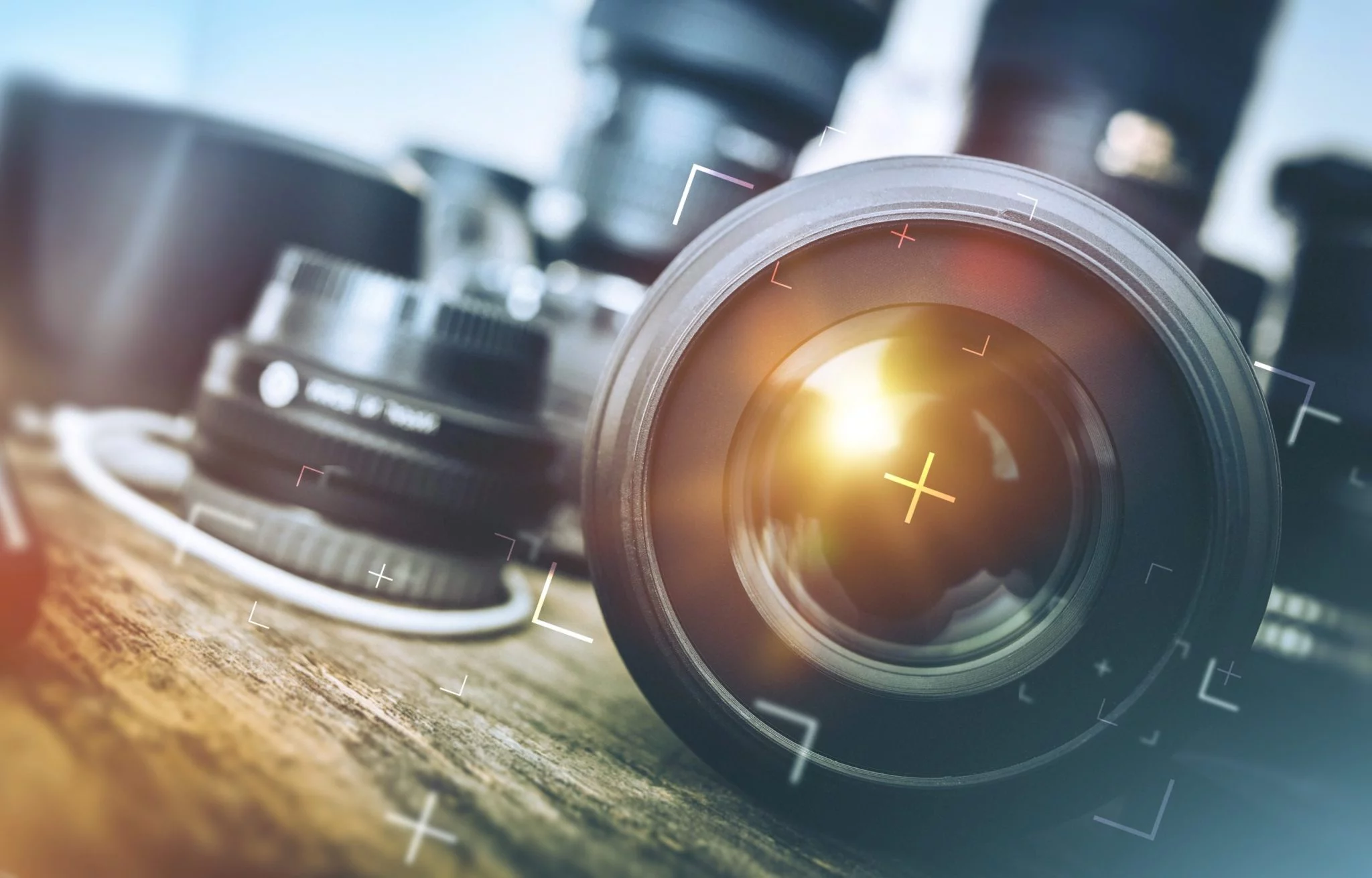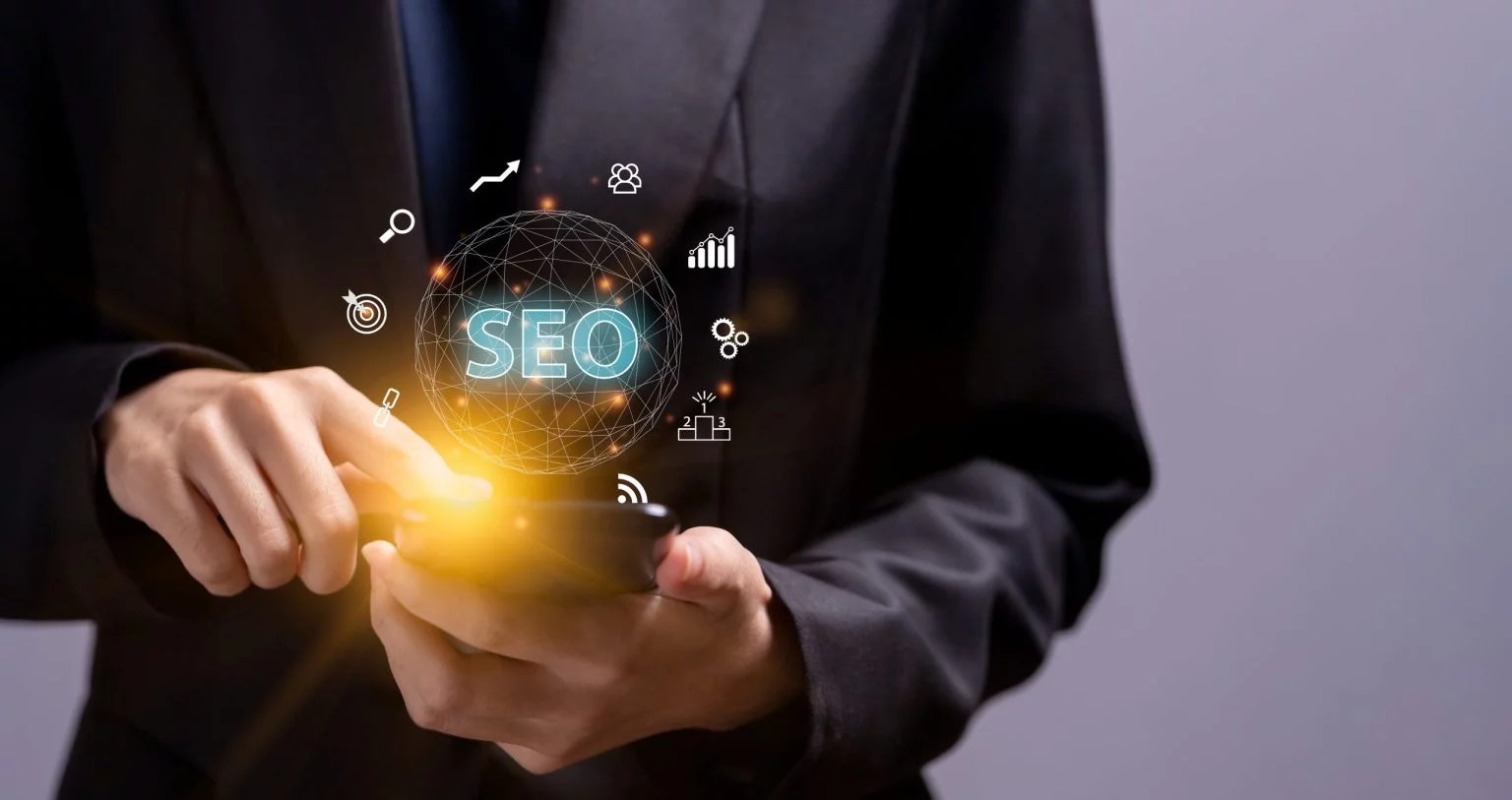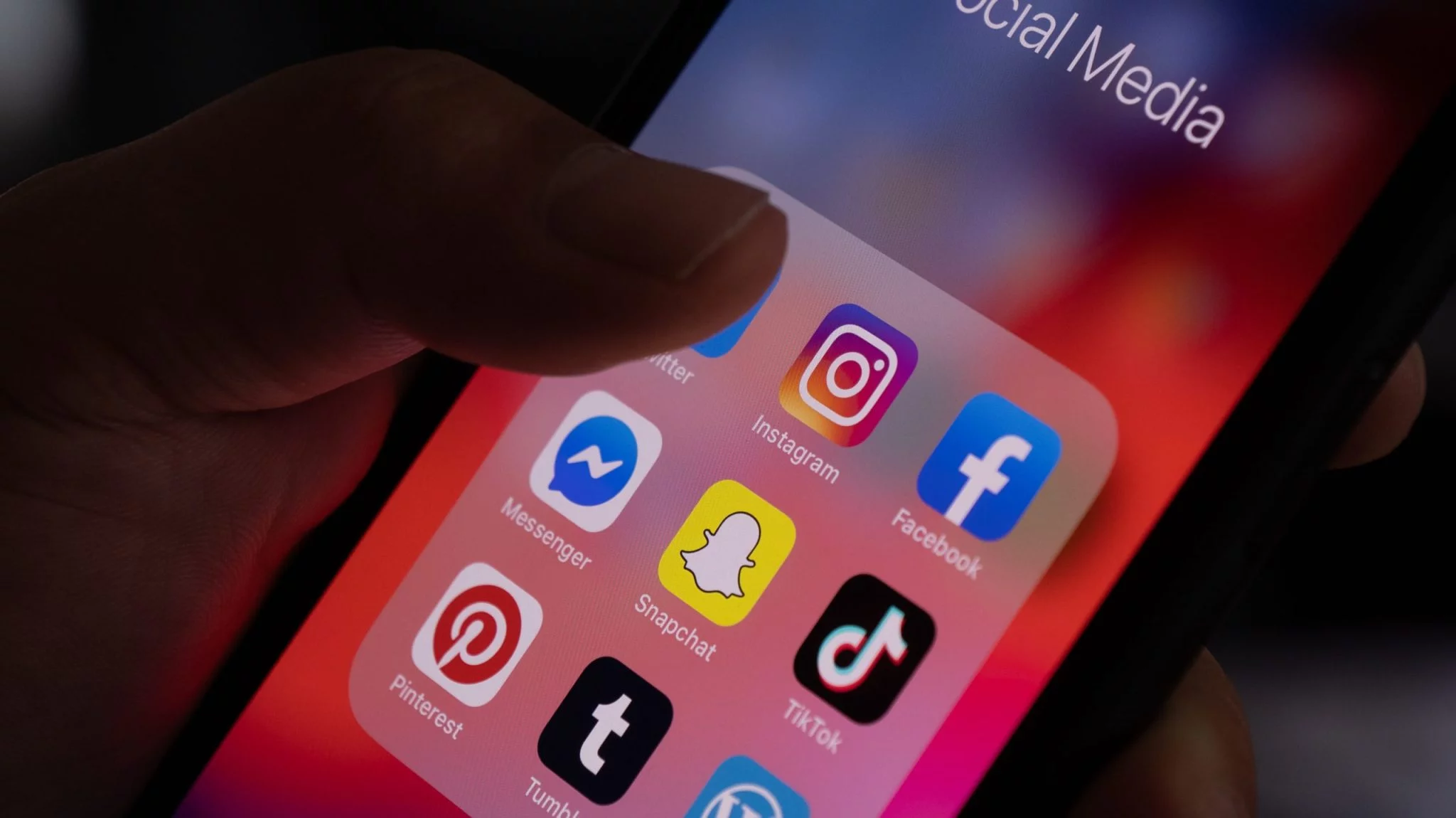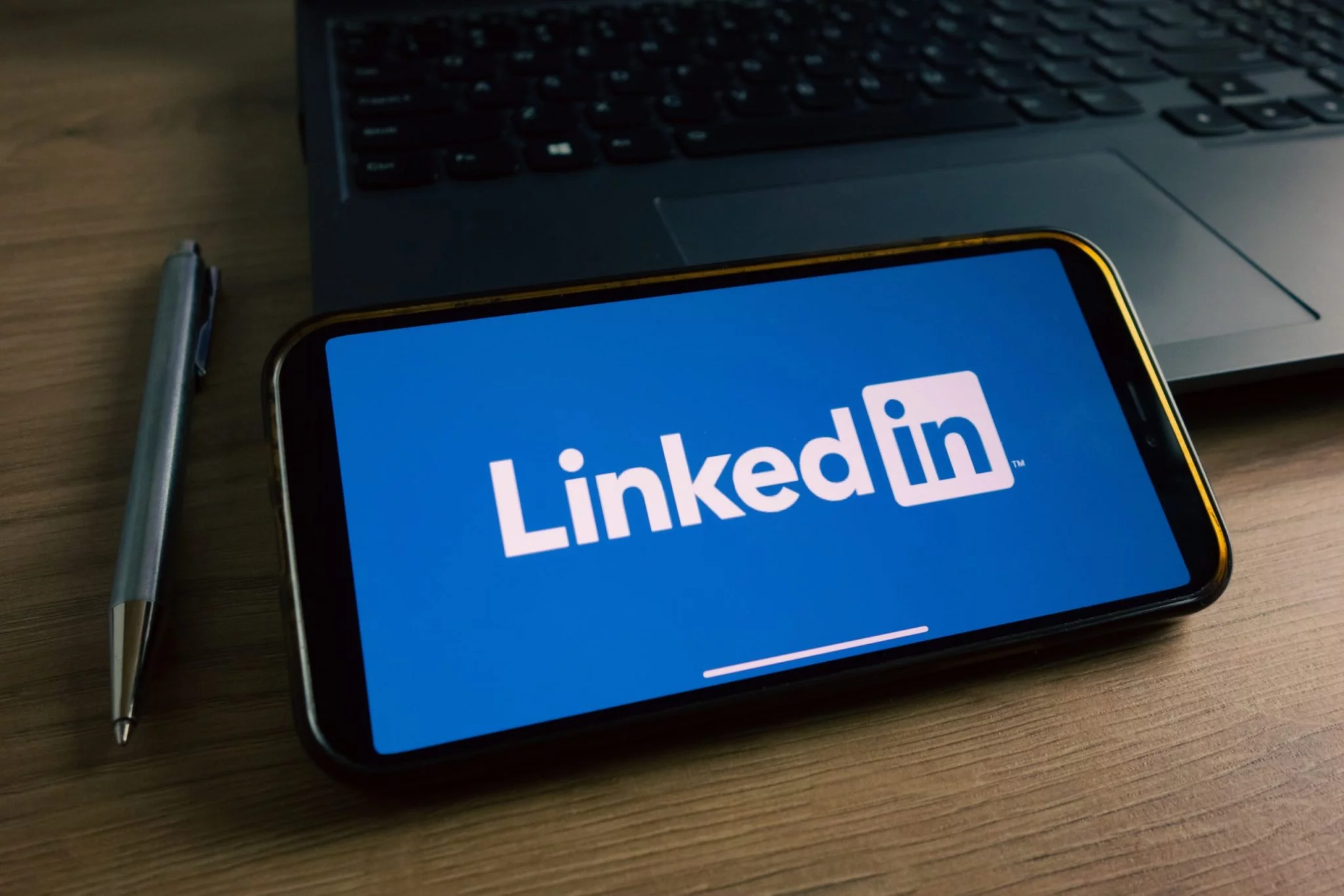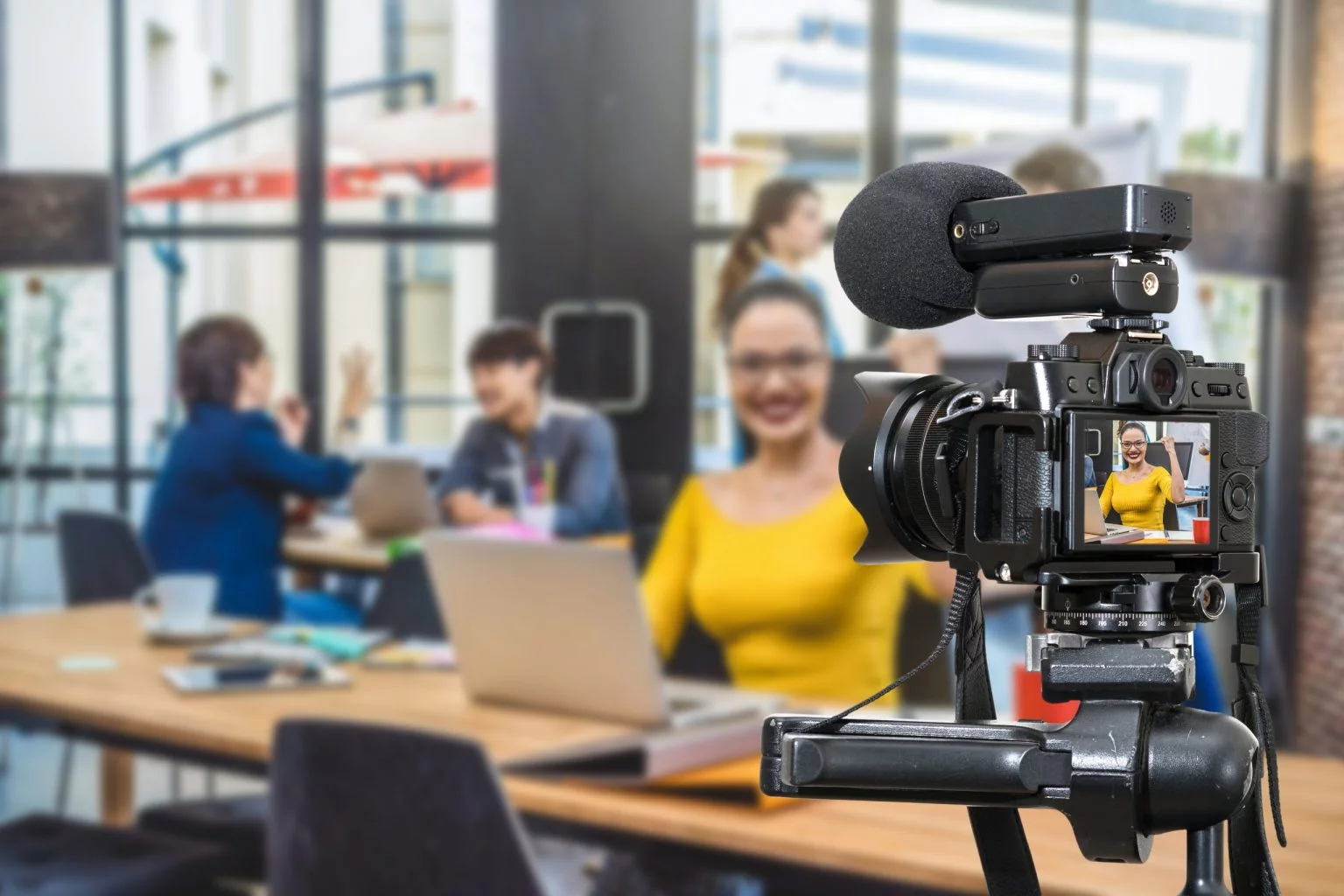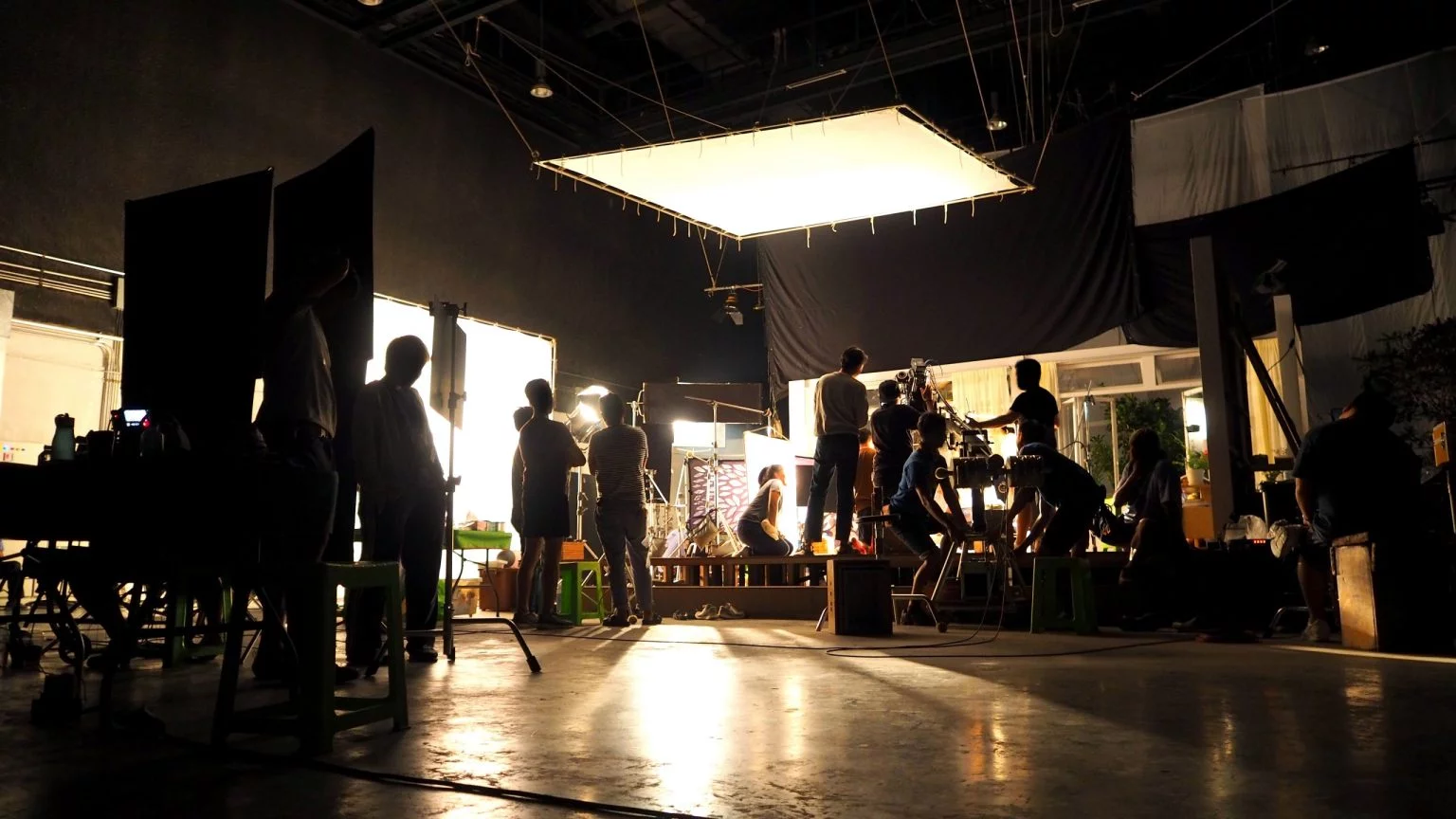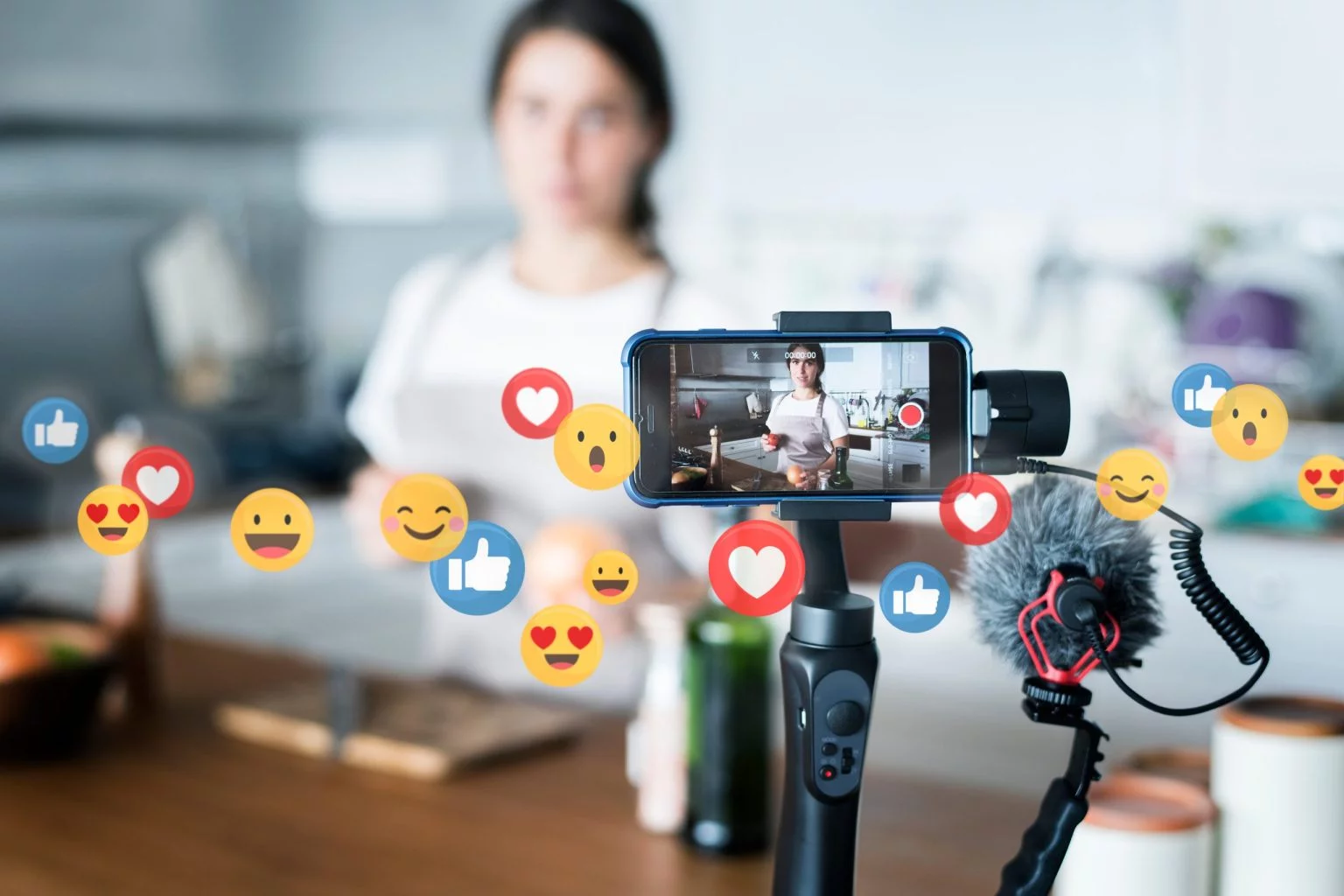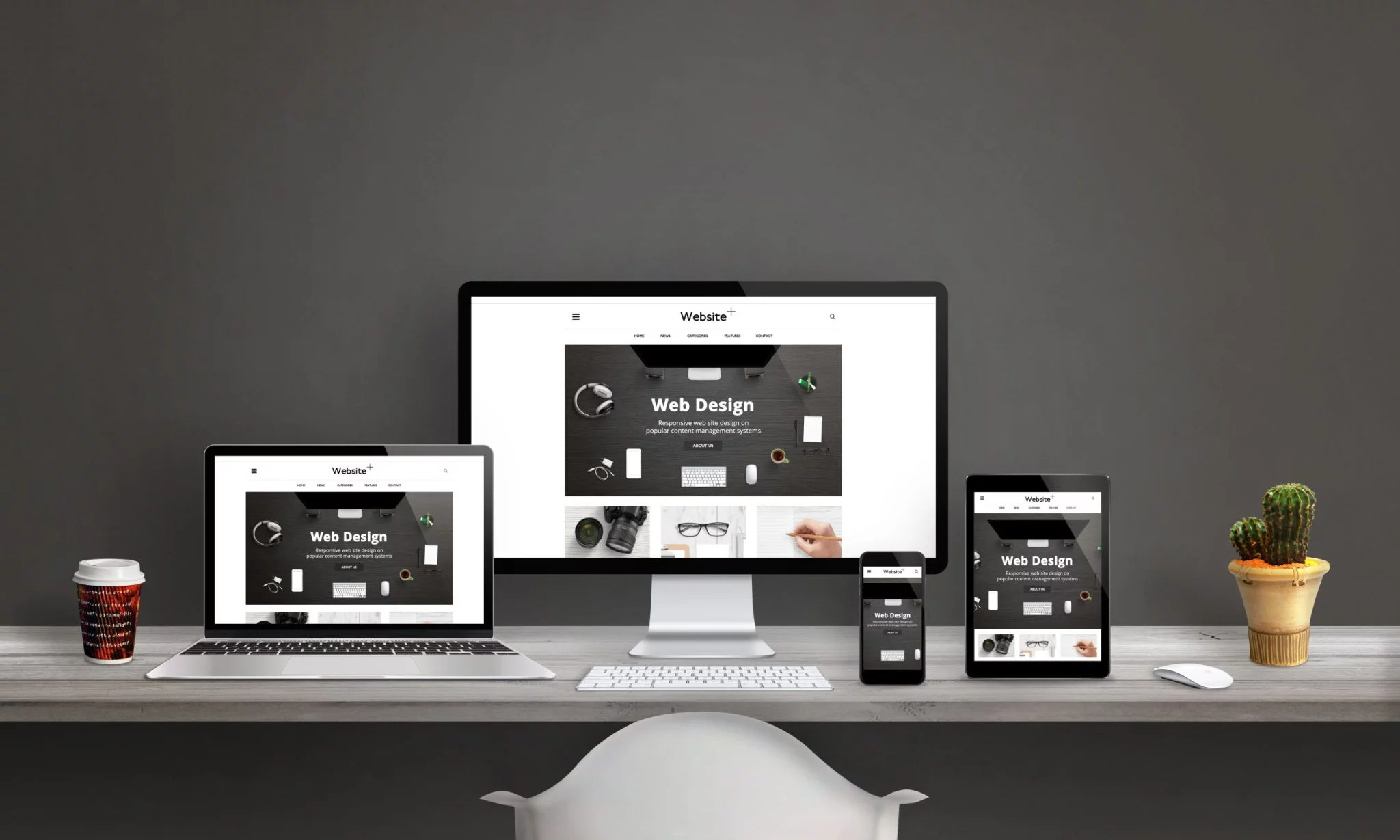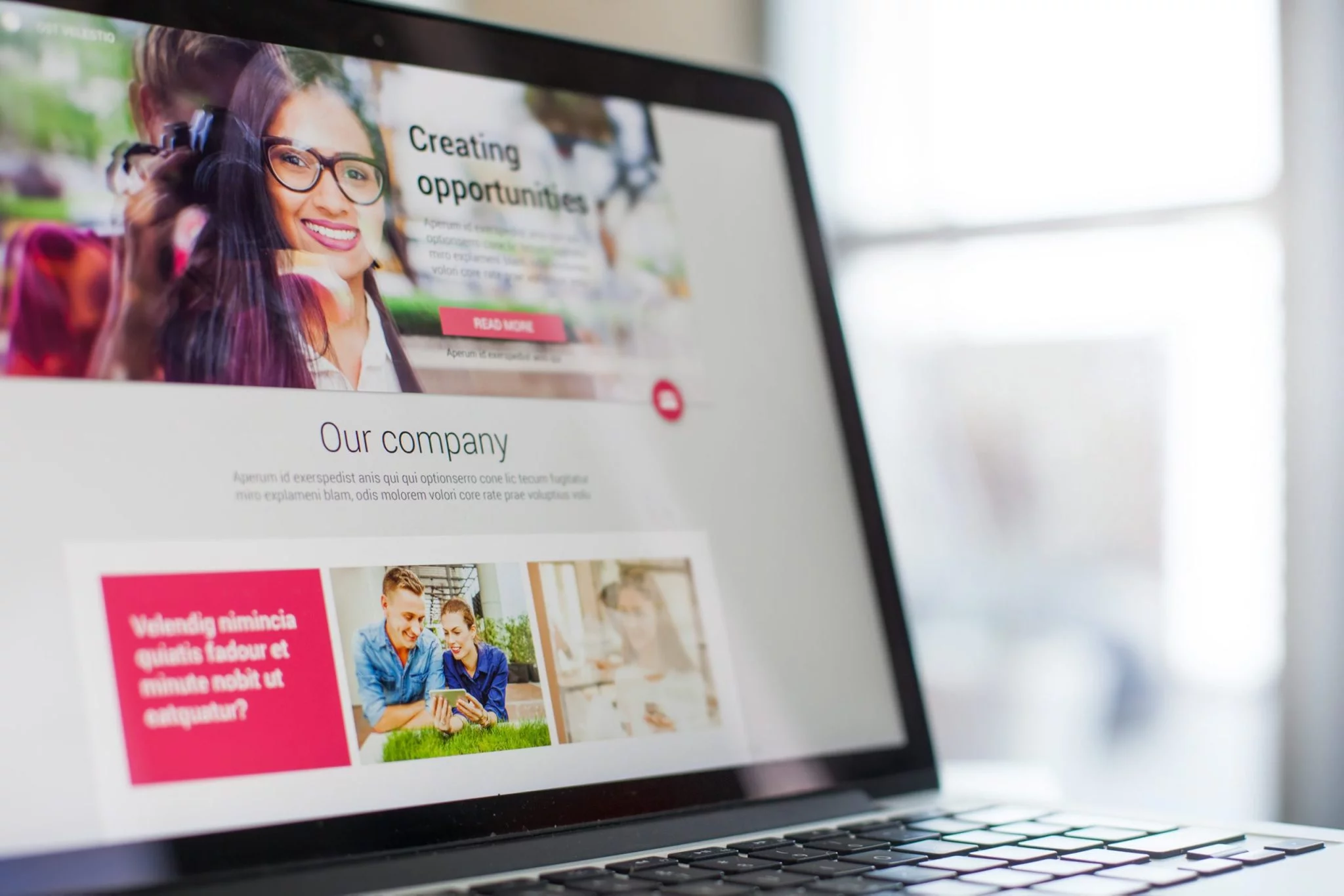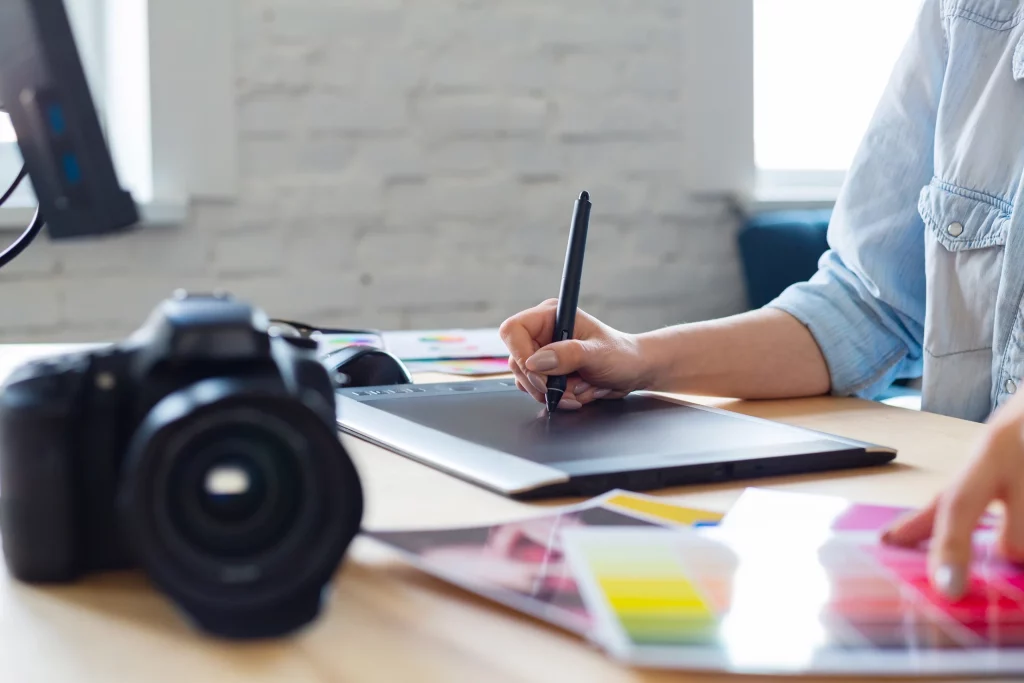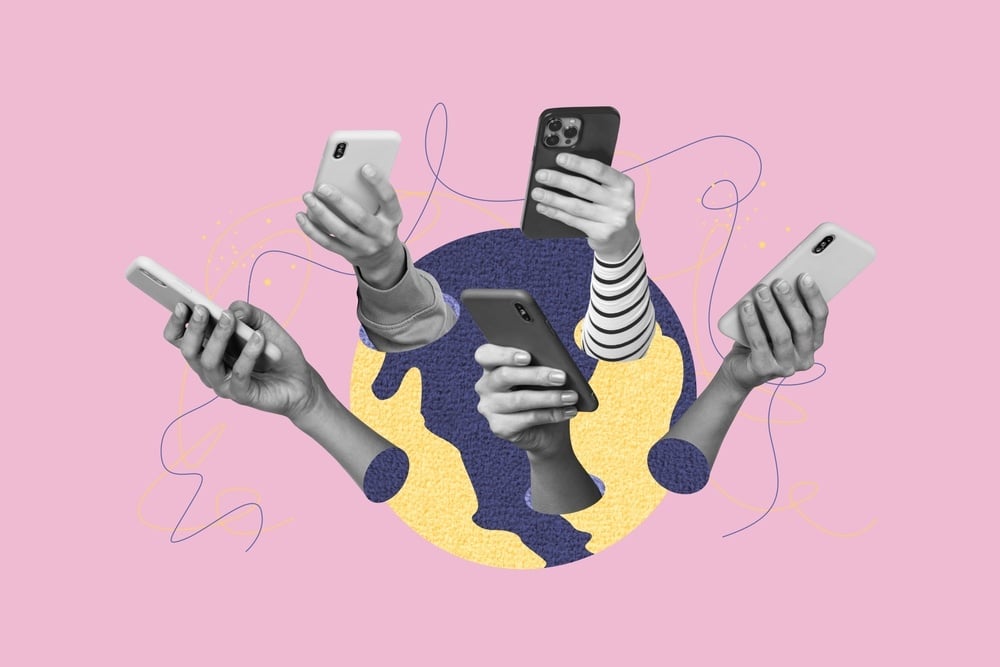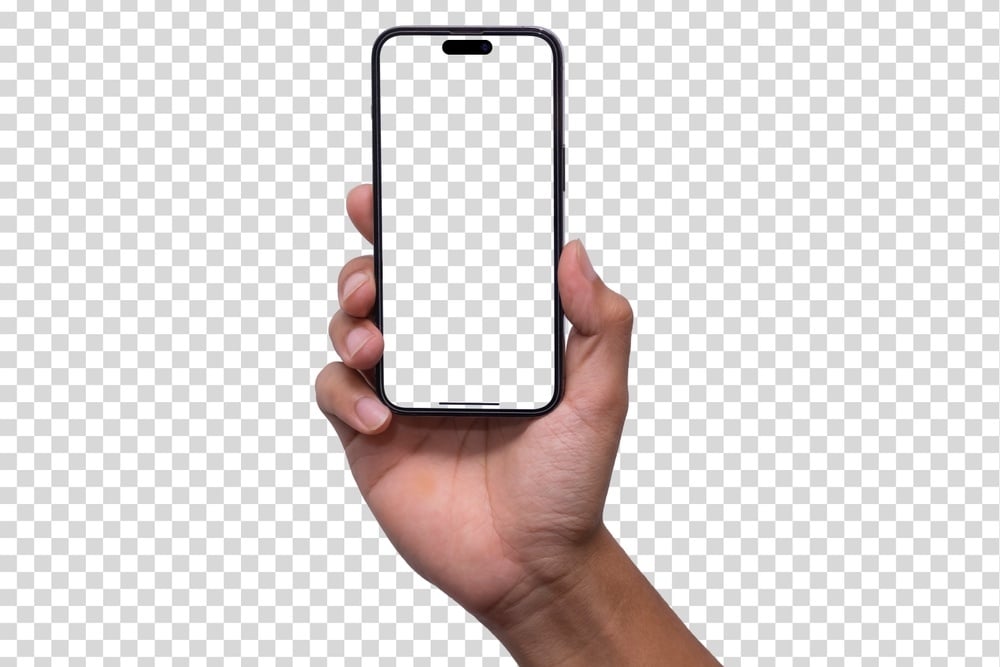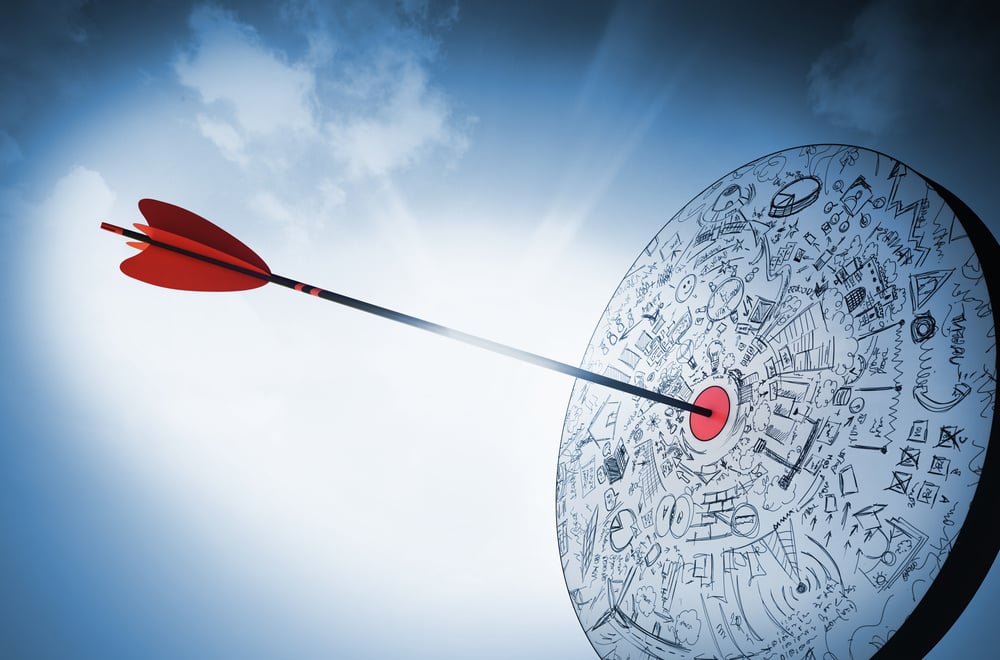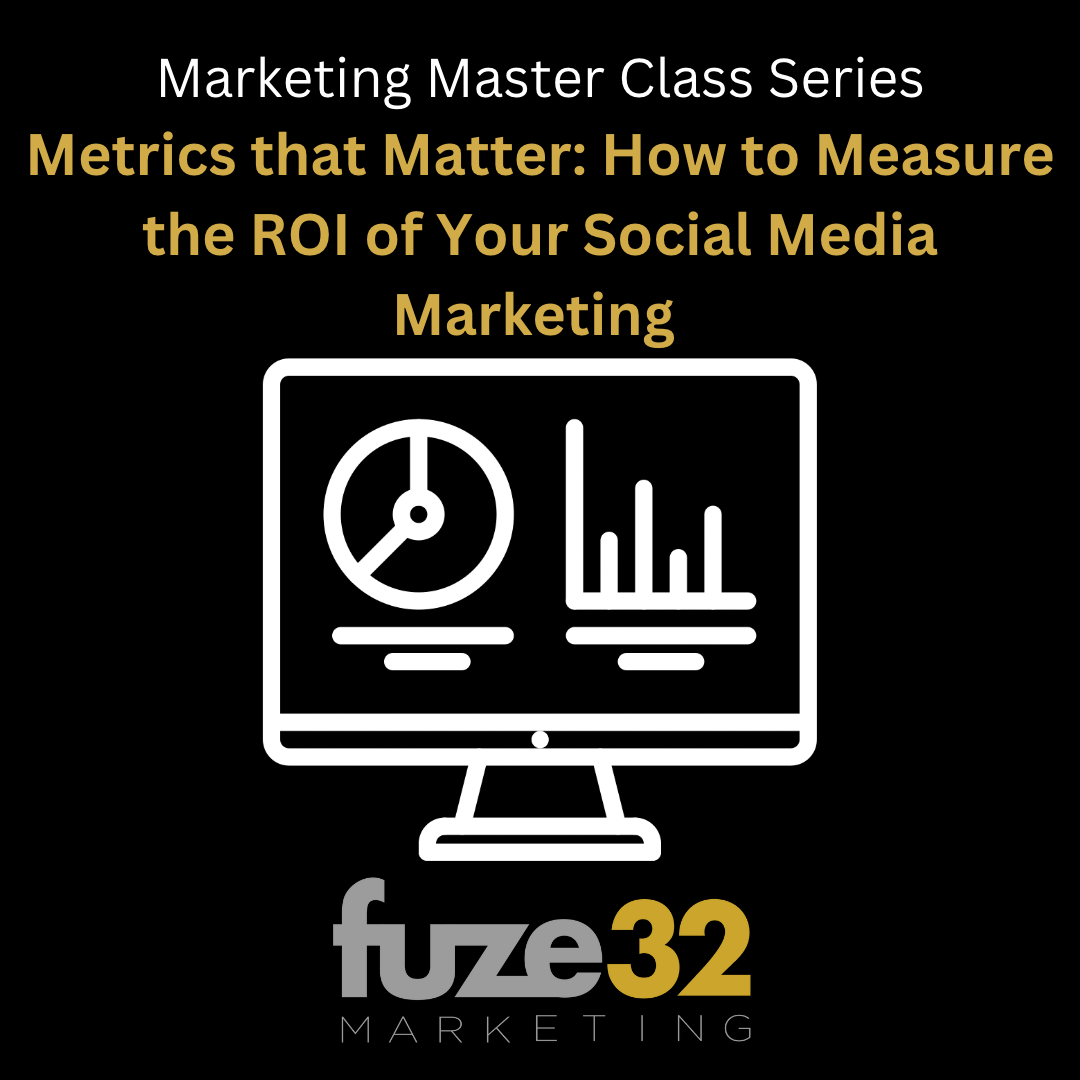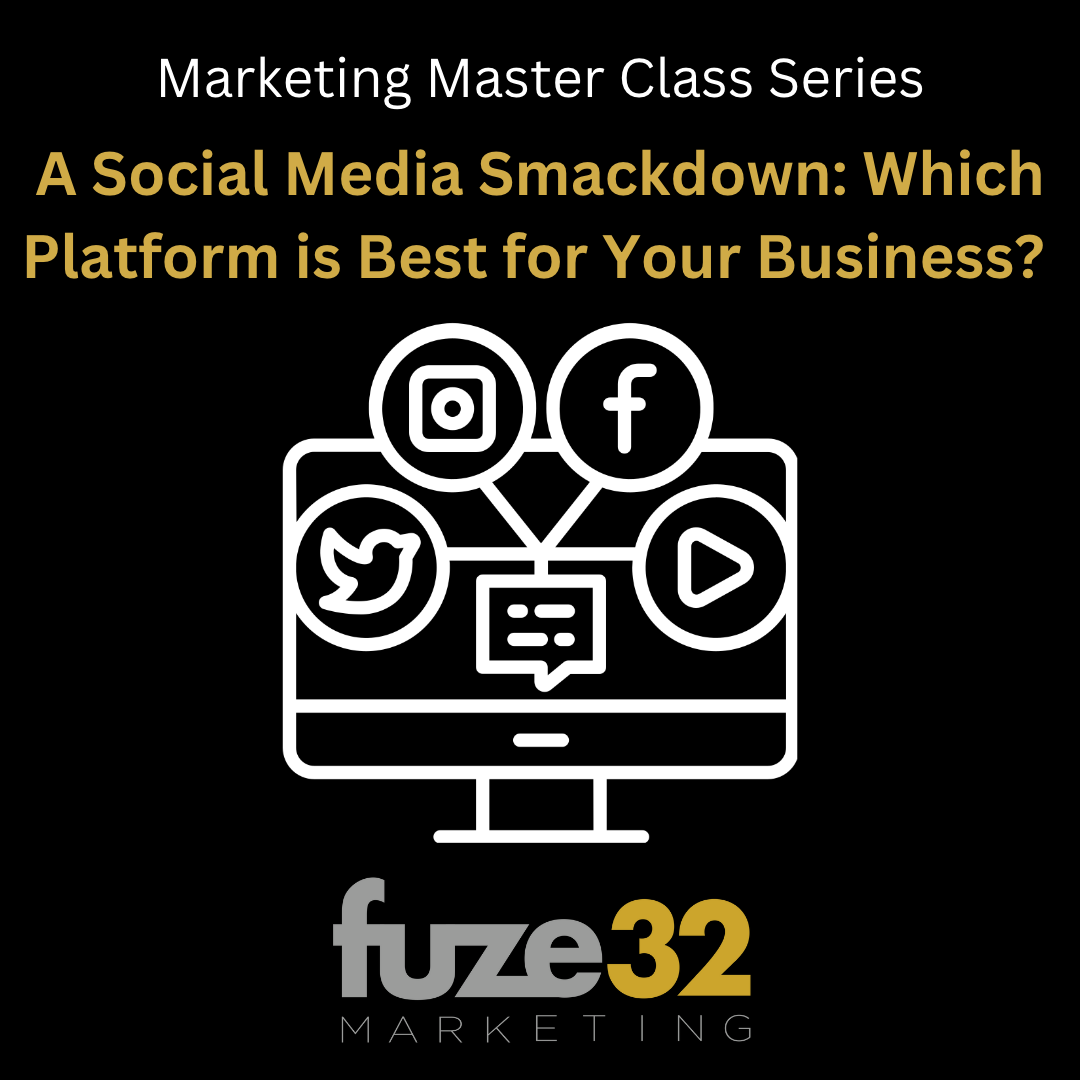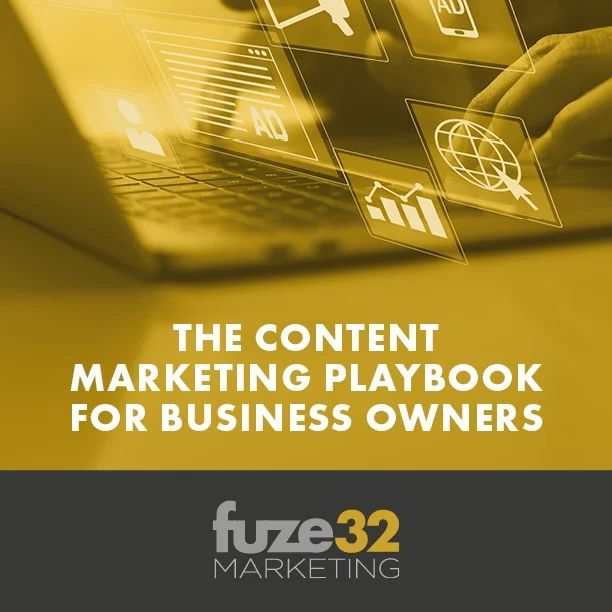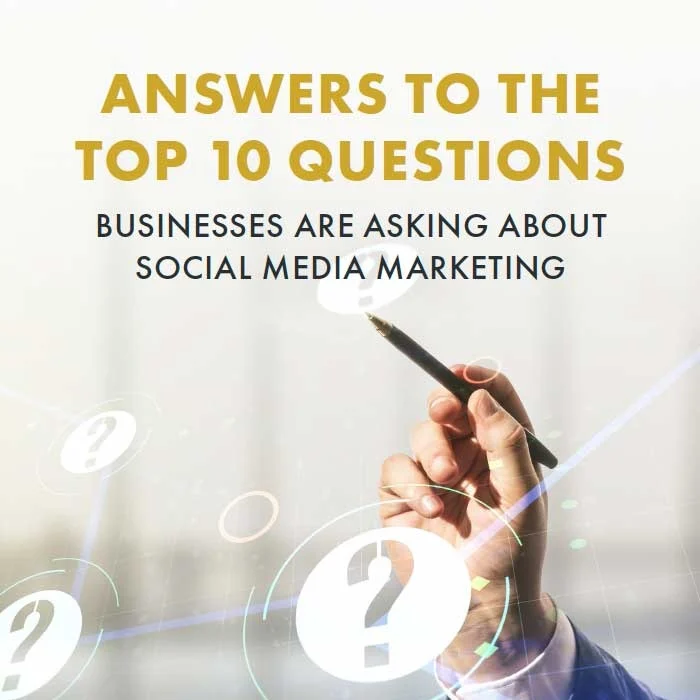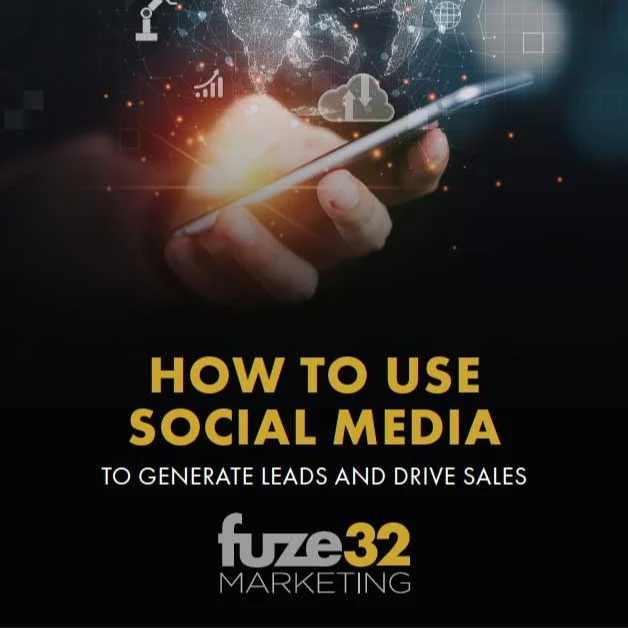
Imagine walking into a boutique where the lighting flickers, the decor is chaotic, and the products are haphazardly displayed. Would you trust this place with your hard-earned money? Probably not.
Now, apply this scenario to your website. Your homepage is your brand’s online storefront. And guess what? The images you use are the equivalent of clean shelves, beautifully displayed products, and the perfect ambiance.
If you're still rocking blurry product photos or generic, pixelated stock images, you're probably driving visitors away faster than someone saying, "We use dial-up." Let's talk about why high-quality images are non-negotiable in this digital age and how they can take your website from "meh" to "memorable."
The Historical Power of Visual Communication
They say, "a picture is worth a thousand words," and it’s been true since, well… forever. Back in 1921, Fredrick R. Barnard popularized the phrase in Printer's Ink magazine to emphasize how graphics add value to communication. And to this day, visuals carry enough weight to hold an audience's (tiny) modern attention span.
According to Skyword, articles with relevant images get 94% more views than those without them. Humans process visuals 60,000 times faster than text (probably why Instagram is thriving). But here’s the kicker—not just any image will do. Using low-quality ones? That’s like advertising your five-star restaurant with photos of fast food.
How Poor Images Can Backfire Big Time
1. Your First Impression = Lost in Seconds
Did you know it takes less than half a second for visitors to form an opinion about your website? If blurry, pixelated images greet them, they’ll think two things:
- “Is this website from 2005?”
- “Back button, where art thou?”
Modern consumers demand high-quality visuals. If you don’t deliver, expect your bounce rates to skyrocket. Remember, for every potential customer who bounces, there’s a competitor who just scored big.
2. Trust Issues (Not Just a Taylor Swift Album)
Like it or not, people judge based on visuals. Low-quality images say, “We cut corners.” And if that’s true for your website, visitors will start wondering where else you’re skimping. Is your product reliable? Are your services legitimate? Where’s the catch, huh?
And trust is everything. A polished website with crisp, pro-level visuals screams credibility. It subtly tells visitors, “We’ve got our act together. You’re in good hands.”
3. SEO Will Come For You
Search engines are sneaky. They see those massive, unoptimized image files slowing your page to a crawl. They notice when your bounce rate spikes because users are fleeing your pixelated chaos. And they’re not impressed.
Bad images can hurt your ranking by:
- Increasing page load time (Google hates when pages are slow)
- Triggering high bounce rates (users leaving = bad vibes for SEO)
- Lacking proper alt text, costing you visibility in Google Image Search
If being on Page 1 of search results is your dream, poor images are your biggest nightmare.
4. Say Goodbye to Conversions
Blurry product photos or awkwardly cropped team shots don’t just look bad; they feel bad. Customers can't connect with what they're seeing. And when they're unsure, they don’t convert.
Questions your visitors may secretly ask when faced with bad visuals:
- “If I can’t trust what I see, how can I trust what I’ll get?”
- “Am I risking my money here?”
And it gets worse on mobile, where over 60% of web traffic happens. A poor mobile design, with images that load weirdly or look fuzzy, is like handing money to your competitors.
Why Quality Images Are Worth the Investment
Here’s the deal. High-quality images are not a luxury; they’re a smart business move. Done right, they can:
- Boost engagement (stay longer, explore deeper)
- Build trust (they look pro, so they must be pro)
- Improve conversions (yep, that product looks worth $80)
- Make Google happy (optimized content = better rankings)
What Does " Done Right" Look Like?
- Professional photography: Whether it’s your product or your team, hire a pro to make it shine. No, your iPhone won’t cut it for this.
- Custom graphics & illustrations: Stand out with visuals that are tailored to your brand instead of hunting through generic stock websites.
- Stock photos (but good ones): When custom work isn’t feasible, premium stock libraries offer loads of polished options. (Step away from the free stock clichés.)
- Optimized for web: Compress your images properly to avoid long load times without sacrificing quality. Tools like TinyPNG and JPEGmini can help.
- Mobile responsiveness: Always check how your images look on smaller screens. If they’re awkwardly cropped or slow to load, you're losing customers.
The Bottom Line
Poor visuals are like worn-out shoes for your website. No matter how great the rest of your outfit (i.e., your content, services, or products), people will notice and judge. But here’s the silver lining—with some effort, the fix is easy and oh-so-worth it.
High-quality images = better engagement, more trust, and visitors who actually stick around. Want your website to stop driving people away and start converting them into loyal customers? Start with your visuals.
Invest in your business by investing in the way you’re seen. Just like a picture is worth a thousand words, a website with stellar visuals could be worth thousands of clicks, leads, and sales.


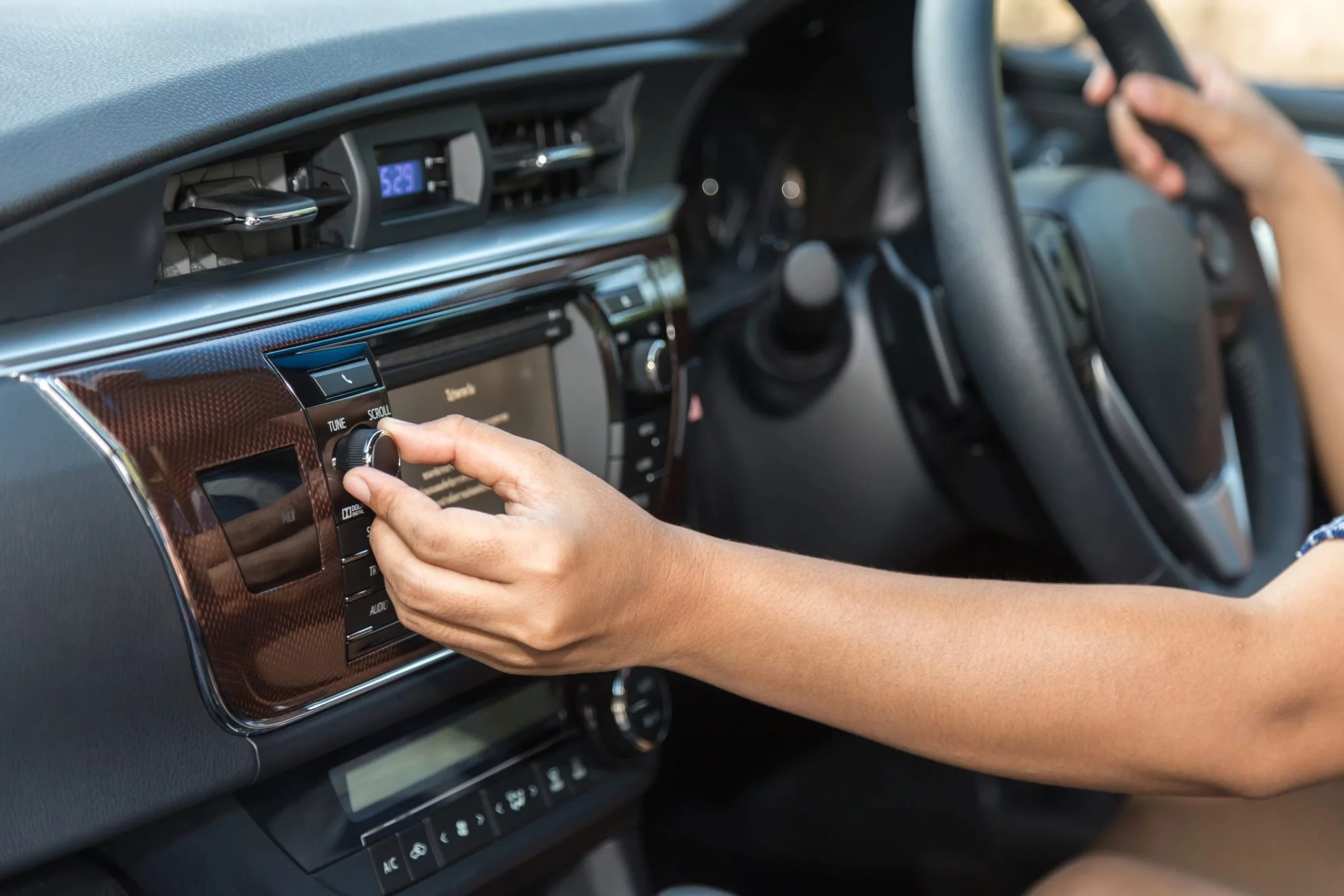
.webp)
